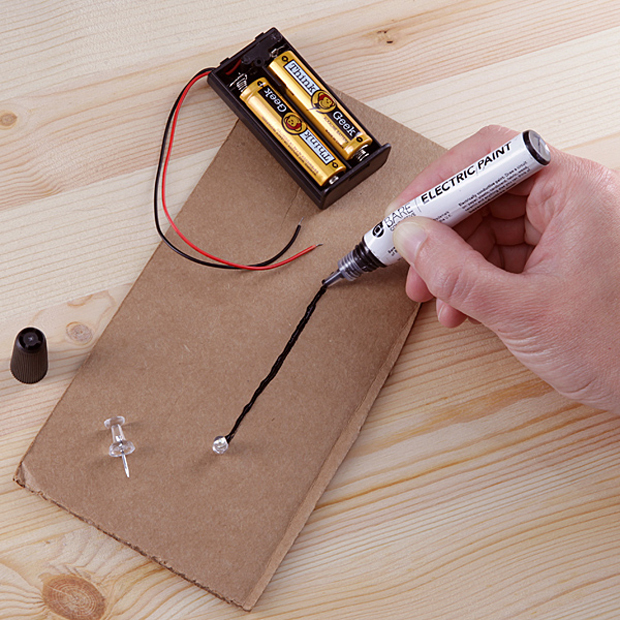
There are plenty of kits out there designed to help kids learn the ins and outs of electronics, but LightUp hopes to stand out from the crowd with not just easy-to-use building blocks but an accompanying augmented reality app as well. From resistors and LED modules to light sensors, each block represents a real component that can be attached to each other via magnetic connectors, hopefully creating a circuit in the process. LightUp even offers an Arduino-compatible microcontroller block to help kids start coding -- clip the programming wand to the block, hook it up to your computer, and away you go.
What really sets LightUp apart is the aforementioned AR app. Simply snap a picture of your circuit, and the software will let you know what's wrong with it if there's a mistake. If everything's working, it'll display an electrical flow animation atop the picture, showing kids the magic of electricity. We had a go at creating a circuit ourselves, and were delighted at how easy it was. The connectors fit in either direction, and can be attached and reattached with ease. We also saw a brief demo of the prototype application, and sure enough, it showed us when an LED block was placed backwards with an error message -- you can see it in action in the video below.
Filed under: Science
Comments
Source: LightUp, Kickstarter













